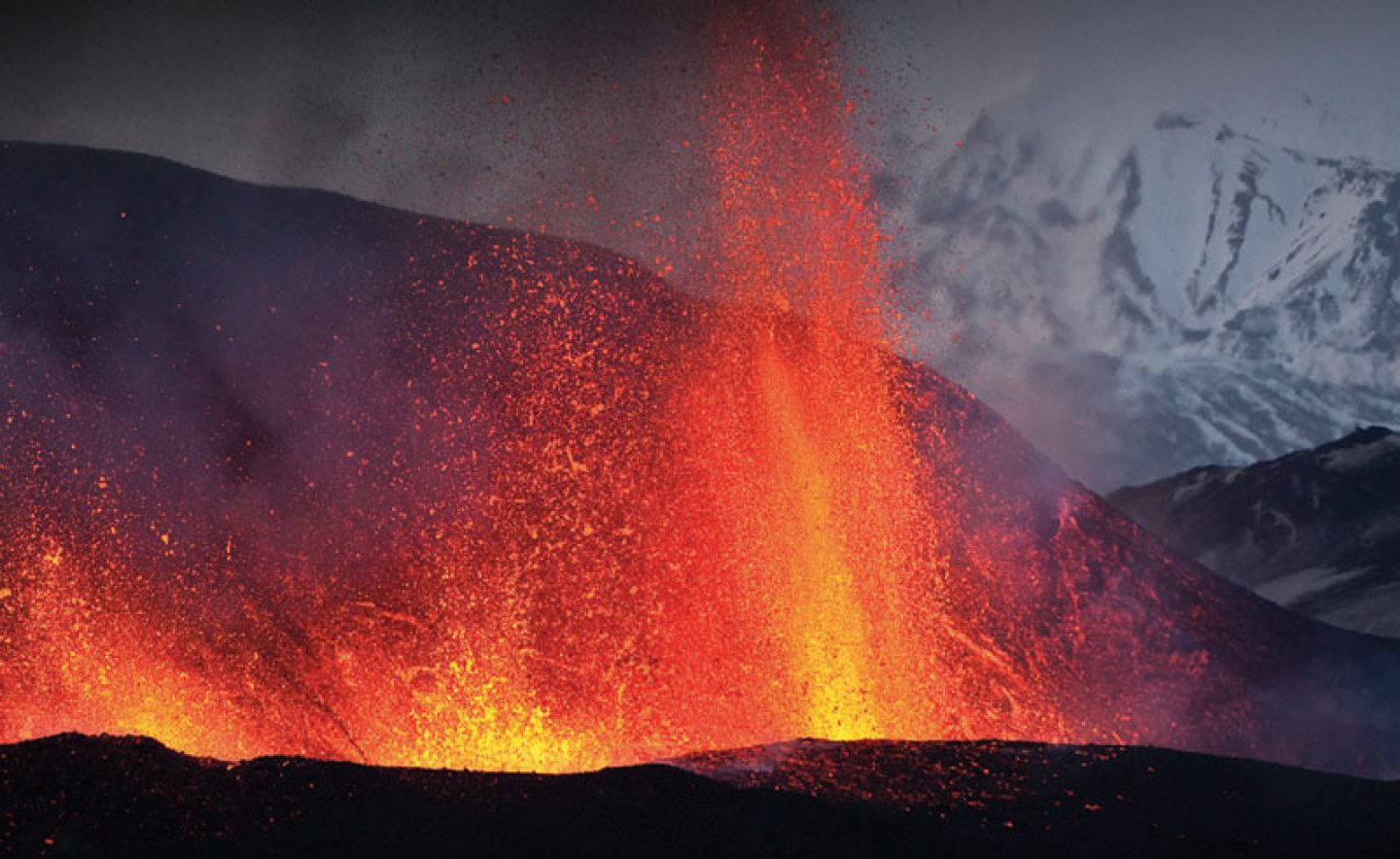
From geysers to volcanic eruptions geological activity in Iceland is not only abundant but sensational. The country owes its very existence to its unique volcanic prone position on the North Atlantic Ridge.
With around 130 volcanic mountains, this geothermal land has all kinds of volcanic activity bubbling away all year round and eruptions are a regular occurrence. When they do occur a volcanic eruption is an amazing spectacle to observe.
Iceland is a volcanic island sited on the mid oceanic Atlantic Ridge, which is the boundary between the North American and Eurasian plates. Known as a constructive plate margin, new crust continually forms in volcanic activity along the ridge as the plates drift apart at a rate averaging one centimetre per year. Places where the activity is frequent and intense are known as hot spots and one such hot spot lies under Iceland, which explains why it is much larger than many other volcanic islands. Where hot spots occur, the earth’s crust is thin. In Iceland it can be just a few kilometres thick as opposed to 40-60 km thick in much of Europe. Tectonic movements and mounting pressure cause the thin crust to crack, forming swarms of fissures below and at the surface. Magma enters the fissures and when it reaches the surface, it causes a volcanic eruption.
Iceland is a volcanic island sited on the mid oceanic Atlantic Ridge, which is the boundary between the North American and Eurasian plates. Known as a constructive plate margin, new crust continually forms in volcanic activity along the ridge as the plates drift apart at a rate averaging one centimetre per year. Places where the activity is frequent and intense are known as hot spots and one such hot spot lies under Iceland, which explains why it is much larger than many other volcanic islands. Where hot spots occur, the earth’s crust is thin. In Iceland it can be just a few kilometres thick as opposed to 40-60 km thick in much of Europe. Tectonic movements and mounting pressure cause the thin crust to crack, forming swarms of fissures below and at the surface. Magma enters the fissures and when it reaches the surface, it causes a volcanic eruption.
Within Iceland, volcanic activity in the last 10,000 years has been centred on two active zones, the first running from Reykjanes to the Langjökull icecap and the second from the Westman Islands to the Melrakkaslétta Peninsula in the north east. Outside these main zones are two further areas of activity: the Snaefellsnes Peninsula in the west and the volcanic massif of Oraefajökull, in the south-east of the island. There are 32 volcanic systems in Iceland, broadly divided into three types: Strato volcanoes, e.g. Eyjafjallajokull, Oraefajökull, Snaefellsjokull. These are volcanic systems which erupt repeatedly over thousands, even millions of years and build up substantial mountains, topped by a crater. Hekla is a strato volcano, but differs from the others in that it is formed along a ridge. Central volcanoes, with an underlying magma chamber, which feeds surrounding fissure swarms, e.g.Krafla, Askja, Grímsvötn, Katla. Calderas are often present, forming when subsidence follows sudden emptying of the magma chamber, whose roof collapses. Fissure swarms and crater rows, e.g. Eldvörp on Reykjanes – these are often associated with central volcanoes. Each volcanic system can be as many as tens of kilometres in length and several kilometres wide.
Within Iceland, volcanic activity in the last 10,000 years has been centred on two active zones, the first running from Reykjanes to the Langjökull icecap and the second from the Westman Islands to the Melrakkaslétta Peninsula in the north east. Outside these main zones are two further areas of activity: the Snaefellsnes Peninsula in the west and the volcanic massif of Oraefajökull, in the south-east of the island.
There are 32 volcanic systems in Iceland, broadly divided into three types:
Strato volcanoes, e.g. Eyjafjallajokull, Oraefajökull, Snaefellsjokull. These are volcanic systems which erupt repeatedly over thousands, even millions of years and build up substantial mountains, topped by a crater. Hekla is a strato volcano, but differs from the others in that it is formed along a ridge.
Central volcanoes, with an underlying magma chamber, which feeds surrounding fissure swarms, e.g.Krafla, Askja, Grímsvötn, Katla. Calderas are often present, forming when subsidence follows sudden emptying of the magma chamber, whose roof collapses.
Fissure swarms and crater rows, e.g. Eldvörp on Reykjanes – these are often associated with central volcanoes. Each volcanic system can be as many as tens of kilometres in length and several kilometres wide.
On average there is one eruption in Iceland every 5 years but during the last 100 years, eruptions have been more frequent. Most eruptions in Iceland are rather short-lived, lasting only a matter of days or at most a few weeks, but occasionally like that of Surtsey 1963-67, they can last several years. One hundred years of eruptions in Iceland 1910 Grímsvötn 1913 Hekla 1918 Katla 1919-1922 Askja 1922 Grimsvotn 1924 Askja 1926 Askja 1933 Grimsvotn 1934 Grimsvotn 1938 Askja 1945 Grímsvötn 1947-48 Hekla 1954 Grímsvötn 1961 Askja 1963-67 Surtsey 1970 Hekla 1972 Grimsvotn 1973 Heimaey 1975-1984 Krafla 1980-81 Hekla 1983 Grímsvötn 1991 Hekla 1996 Grímsvötn 1998 Grímsvötn 2000 Hekla 2010 Eyjafjallajökull 2011 Grímsvötn 2014 Bárðarbunga 2021 Fagradalsfjall, Reykjanes 2022 Merardalir, Reykjanes 2023 Litli-Hrútur, Reykjanes 2023 (Dec) Sundhnúkagígar, Reykjanes 2024 Hagafell-Grindavík, Reykjanes Note: All the eruptions since 2021 so far, have been located on the Reykjanes Peninsula.
On average there is one eruption in Iceland every 5 years but during the last 100 years, eruptions have been more frequent. Most eruptions in Iceland are rather short-lived, lasting only a matter of days or at most a few weeks, but occasionally like that of Surtsey 1963-67, they can last several years. One hundred years of eruptions in Iceland
1910 Grímsvötn
1913 Hekla
1918 Katla
1919-1922 Askja
1922 Grimsvotn
1924 Askja
1926 Askja
1933 Grimsvotn
1934 Grimsvotn
1938 Askja
1945 Grímsvötn
1947-48 Hekla
1954 Grímsvötn
1961 Askja
1963-67 Surtsey
1970 Hekla
1972 Grimsvotn
1973 Heimaey
1975-1984 Krafla
1980-81 Hekla
1983 Grímsvötn
1991 Hekla
1996 Grímsvötn
1998 Grímsvötn
2000 Hekla
2010 Eyjafjallajökull
2011 Grímsvötn
2014 Bárðarbunga
2021 Fagradalsfjall, Reykjanes
2022 Merardalir, Reykjanes
2023 Litli-Hrútur, Reykjanes
2023 (Dec) Sundhnúkagígar, Reykjanes
2024 Hagafell-Grindavík, Reykjanes
Note: All the eruptions since 2021 so far, have been located on the Reykjanes Peninsula.
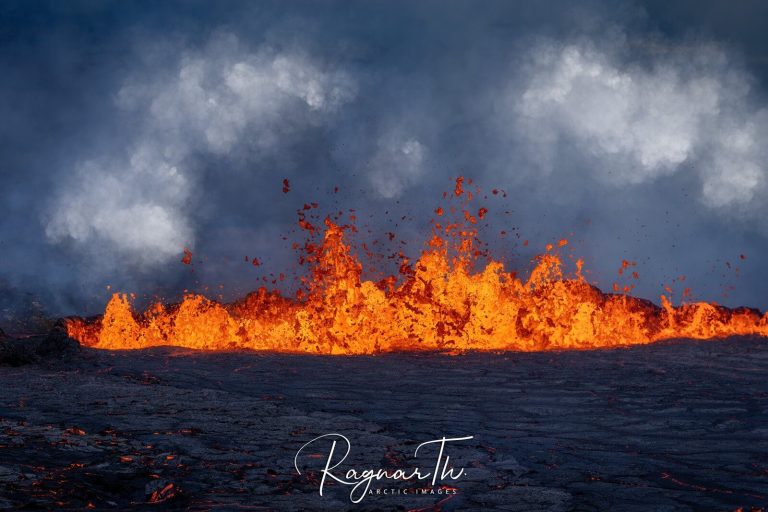
Almost all types of volcanic activity found on earth occur in Iceland and the range of volcanic features is extensive and of great interest to study groups as well as general enthusiasts. What’s more, the lack of tree cover and vegetation means that they are easy to recognise and photograph. As soon as you arrive at Keflavik International Airport you will spot Iceland’s volcanic topography; the drive to Reykjavik takes you through immense lava fields, covered in vibrant moss.
Almost all types of volcanic activity found on earth occur in Iceland and the range of volcanic features is extensive and of great interest to study groups as well as general enthusiasts. What’s more, the lack of tree cover and vegetation means that they are easy to recognise and photograph. As soon as you arrive at Keflavik International Airport you will spot Iceland’s volcanic topography; the drive to Reykjavik takes you through immense lava fields, covered in vibrant moss.
Fissure eruptions are very common in Iceland and are responsible for most of the crater rows that dot the landscape within the volcanic zone – you can even see them from the plane as you come into land at Keflavík Airport. Rows of cinder or scoria craters form when lava fountains concentrate activity at several vents along a fissure and the material builds up around the vent. Such craters are not usually very high. The longest crater row in Iceland is the Laki crater row where 100 craters are strung out along a 25 km long fissure.
Fissure eruptions are very common in Iceland and are responsible for most of the crater rows that dot the landscape within the volcanic zone – you can even see them from the plane as you come into land at Keflavík Airport. Rows of cinder or scoria craters form when lava fountains concentrate activity at several vents along a fissure and the material builds up around the vent. Such craters are not usually very high. The longest crater row in Iceland is the Laki crater row where 100 craters are strung out along a 25 km long fissure.
Volcanoes produce acidic (rhyolite) or basic (basalt) rocks and sometimes both types. The acidity is determined by the origin of the magma and its silica content – more than 65% produces acidic rocks, which are typically light in colour, whilst basalt is dark. The best known rhyolite mountains in Iceland are those around Landmannalaugar. Thin, fast-moving basalt lava is usually low in gas and typically forms shield volcanoes as the flows are layered one on top of another. As the surface hardens, lava continues to flow underneath and the surface becomes wrinkled, forming ropes, giving it the name ropy lava. When the lava cools its surface is quite smooth and easy to walk on. Such lava is called ‘helluhraun’ meaning ‘plate lava’ in Icelandic but the Hawaiian name ‘pahoe-hoe’ is often used. Ropy lava sometimes flows from the crater in submerged channels and when these empty at the end of an eruption, they form lava tubes, also known as lava tunnels. Scoria lava is also basalt but gassy, more viscous and slower flowing and its movement is a bit like earth or rocks being pushed by a bulldozer. The Hawaiian name ‘aa’ is often used, while in Icelandic it is known as ‘apalhraun’. On cooling, the surface is rough, irregular and very difficult to walk over. Acidic or rhyolite lava is rather rare in Iceland and is even more viscous and slow-moving. It cools to a shiny glass-like finish.
Volcanoes produce acidic (rhyolite) or basic (basalt) rocks and sometimes both types. The acidity is determined by the origin of the magma and its silica content – more than 65% produces acidic rocks, which are typically light in colour, whilst basalt is dark. The best known rhyolite mountains in Iceland are those around Landmannalaugar.
Thin, fast-moving basalt lava is usually low in gas and typically forms shield volcanoes as the flows are layered one on top of another. As the surface hardens, lava continues to flow underneath and the surface becomes wrinkled, forming ropes, giving it the name ropy lava. When the lava cools its surface is quite smooth and easy to walk on. Such lava is called ‘helluhraun’ meaning ‘plate lava’ in Icelandic but the Hawaiian name ‘pahoe-hoe’ is often used. Ropy lava sometimes flows from the crater in submerged channels and when these empty at the end of an eruption, they form lava tubes, also known as lava tunnels. Scoria lava is also basalt but gassy, more viscous and slower flowing and its movement is a bit like earth or rocks being pushed by a bulldozer. The Hawaiian name ‘aa’ is often used, while in Icelandic it is known as ‘apalhraun’. On cooling, the surface is rough, irregular and very difficult to walk over. Acidic or rhyolite lava is rather rare in Iceland and is even more viscous and slow-moving. It cools to a shiny glass-like finish.
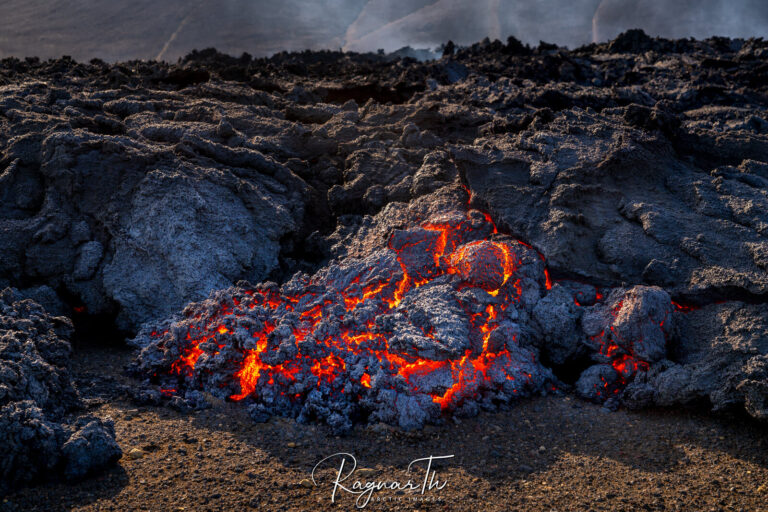
Coat the surface giving it a colourful ‘oily’ sheen. As time passes, weathering removes this and the rock become more subdued in colour. At the same time steam rising from the lava allows moss and lichen to begin growing and in time these turn the lava grey.
Coat the surface giving it a colourful ‘oily’ sheen. As time passes, weathering removes this and the rock become more subdued in colour. At the same time steam rising from the lava allows moss and lichen to begin growing and in time these turn the lava grey.
Geothermal fields are divided into high and low temperature areas. High temperature areas are found within the volcanic zone and typically produce steam vents and solfataras, while low temperature areas are found in geologically older rocks either side of the volcanic zone and consist mostly of hot springs. Most of Iceland’s domestic heating needs are met by geothermal hot water but the east and south-east of the country are least endowed with this valuable resource. Geothermal activity is usually prolific and intense at eruption sites following the end of an eruption.
Geothermal fields are divided into high and low temperature areas. High temperature areas are found within the volcanic zone and typically produce steam vents and solfataras, while low temperature areas are found in geologically older rocks either side of the volcanic zone and consist mostly of hot springs. Most of Iceland’s domestic heating needs are met by geothermal hot water but the east and south-east of the country are least endowed with this valuable resource. Geothermal activity is usually prolific and intense at eruption sites following the end of an eruption.
Generally speaking, no, but there may be a small area closed off to visitors around the eruption site, depending on what stage the eruption is at and where it takes place. Volcanic eruptions tend to occur every 4-5 years in Iceland, but there are periods of recurring activity such as is being experienced on the Reykjanes Peninsula since late 2023. Icelanders are therefore amongst the best in the world at successfully living with active volcanoes. In the event of an eruption, their well-rehearsed emergency services have a number of sophisticated, safety management procedures in place and also have a warning system to alert all mobile phones within the vicinity of the eruption on the south coast of Iceland. This will be done as a SMS alert in 3 different languages, including English. It is therefore essential that you keep your mobile phone switched on whilst travelling around Iceland. The early stages of the April-May 2010 Eyjafjallajokull eruption were a perfect ‘Tourist Eruption’ in that access to the site was possible and the eruption itself was very beautiful, with spouting magma. Curiously, even when the gas plume from the other craters (resulting from the eruption breaking through the glacier) was at its most productive, 95% of the island, including the entire capital area, was completely unaffected by it. Icelanders have a sophisticated surveillance of seismic and volcanic activity and predictions of the likelihood of an eruption are accurate.
Generally speaking, no, but there may be a small area closed off to visitors around the eruption site, depending on what stage the eruption is at and where it takes place.
Volcanic eruptions tend to occur every 4-5 years in Iceland, but there are periods of recurring activity such as is being experienced on the Reykjanes Peninsula since late 2023. Icelanders are therefore amongst the best in the world at successfully living with active volcanoes. In the event of an eruption, their well-rehearsed emergency services have a number of sophisticated, safety management procedures in place and also have a warning system to alert all mobile phones within the vicinity of the eruption on the south coast of Iceland. This will be done as a SMS alert in 3 different languages, including English. It is therefore essential that you keep your mobile phone switched on whilst travelling around Iceland.
The early stages of the April-May 2010 Eyjafjallajokull eruption were a perfect ‘Tourist Eruption’ in that access to the site was possible and the eruption itself was very beautiful, with spouting magma. Curiously, even when the gas plume from the other craters (resulting from the eruption breaking through the glacier) was at its most productive, 95% of the island, including the entire capital area, was completely unaffected by it. Icelanders have a sophisticated surveillance of seismic and volcanic activity and predictions of the likelihood of an eruption are accurate.
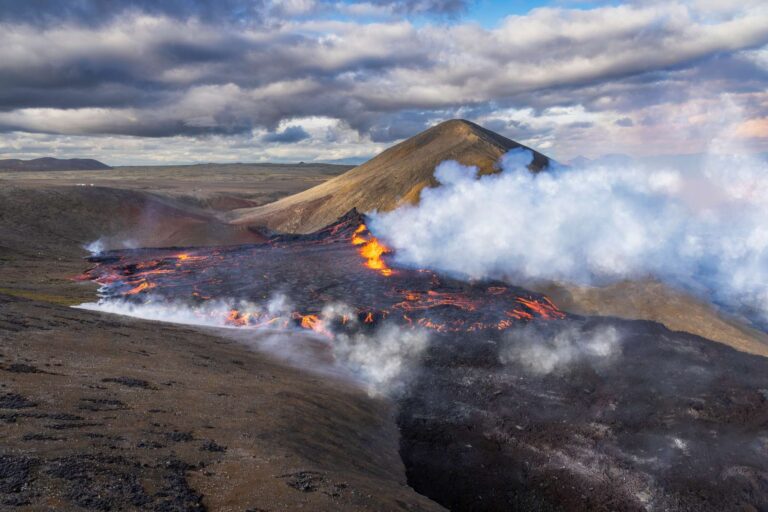
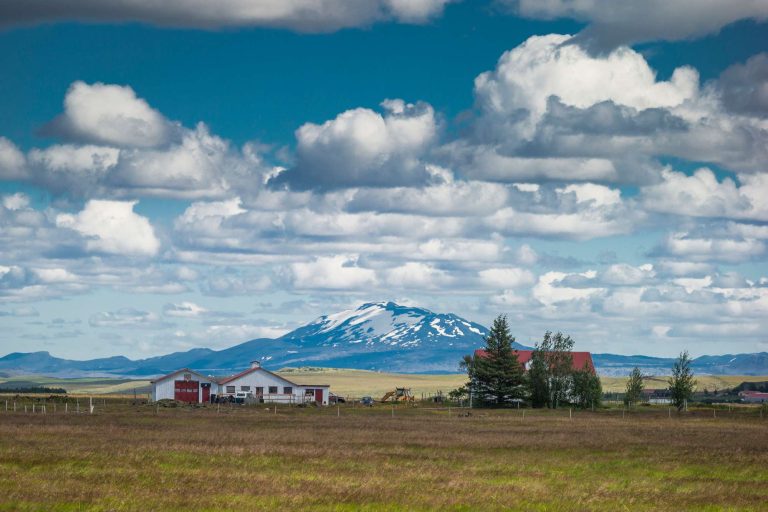
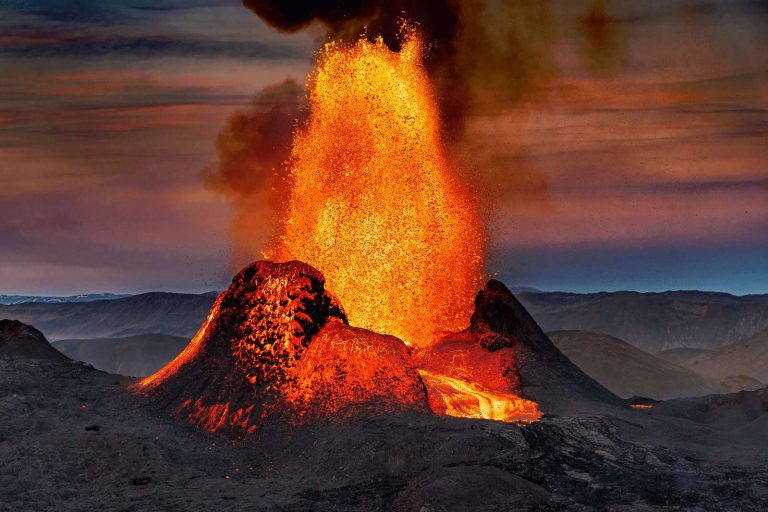
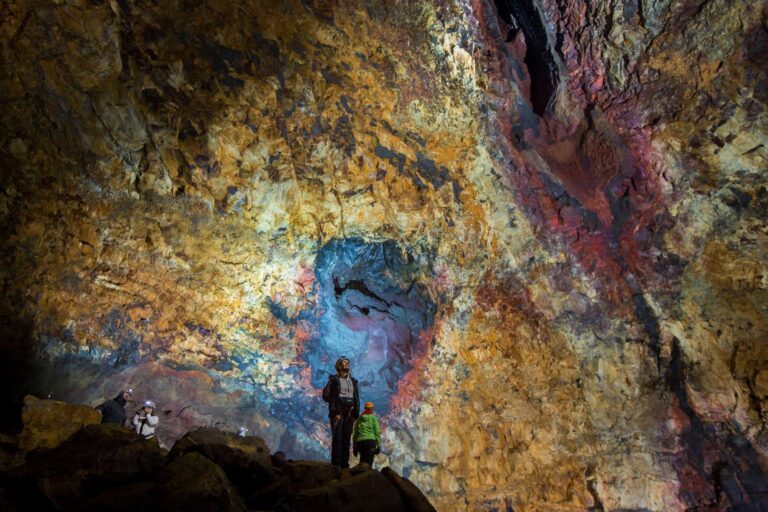
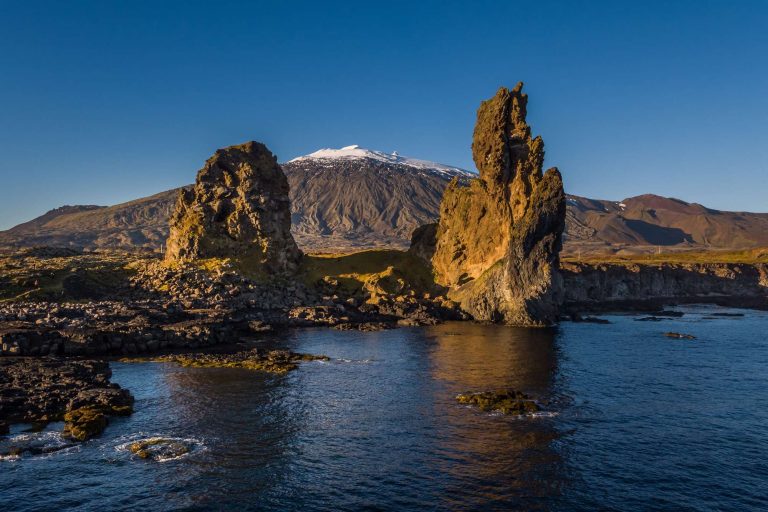
Other blogs you may like:
- Iceland’s new Volcano touring route
- Top 9 Volcanic Experiences in Iceland
- Eyjafjallajokull: Iceland’s Infamous Volcano
Volcano Holidays
If you’re interested in witnessing a volcanic eruption then register on our volcano hotline to be amongst the first to be notified of future eruptions.
Of course you don’t have to wait for an eruption to explore Iceland’s spectacular volcanic landscapes. From fly drives to small group escorted tours, we have a collection of holidays and excursions that showcase the country’s volcanic highlights.
Holidays to consider
-
Discover more
Volcanic Explorer
from £835 excluding flights
5 nights | Year round
Self Drive | Volcano
On this compact yet thrilling self drive, immerse yourself in Iceland's spectacular volcanic landscape
-
Discover more
Journey to the Centre of the Earth
from £1098 excluding flights
7 nights | Year round
Self Drive | Volcano
On this self drive you can immerse yourself in picture-perfect Iceland.
-
Discover more
Northern Highlights
from £1358 excluding flights
7 nights | May-Sep
Self Drive | Volcano | Whale Watching
Take an unforgettable fly drive from the East Fjords to Lake Myvatn and Husavik for world-class whale watching.
-
Discover more
National Parks and Natural Wonders
from £1724 excluding flights
10 nights | May-Sep
Self Drive | Classic Experiences | Volcano
Self drive of some of Iceland's spectacular scenic highlights exploring Lake Myvatn, the East Fjords and the south shore.
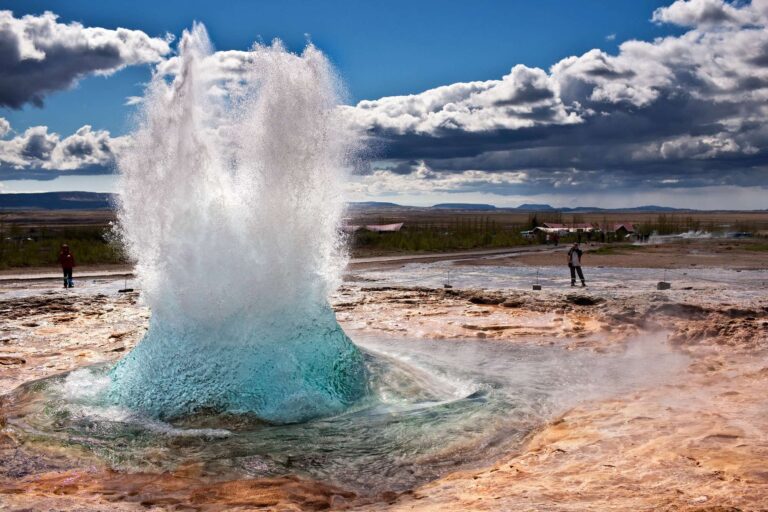
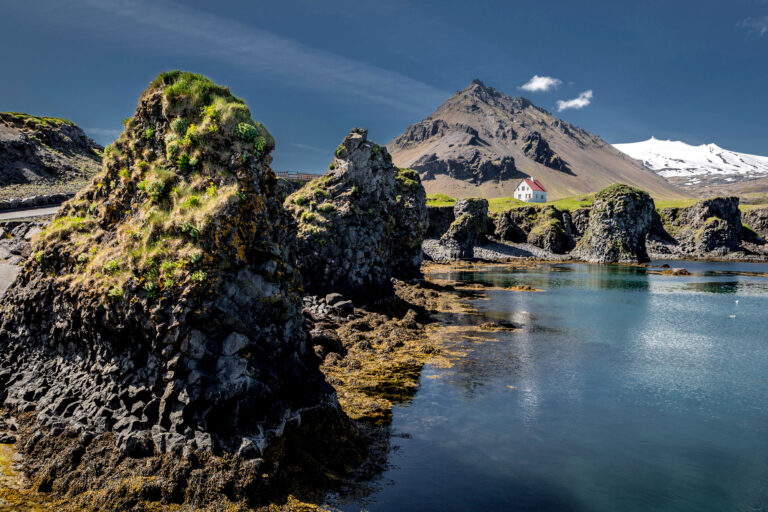
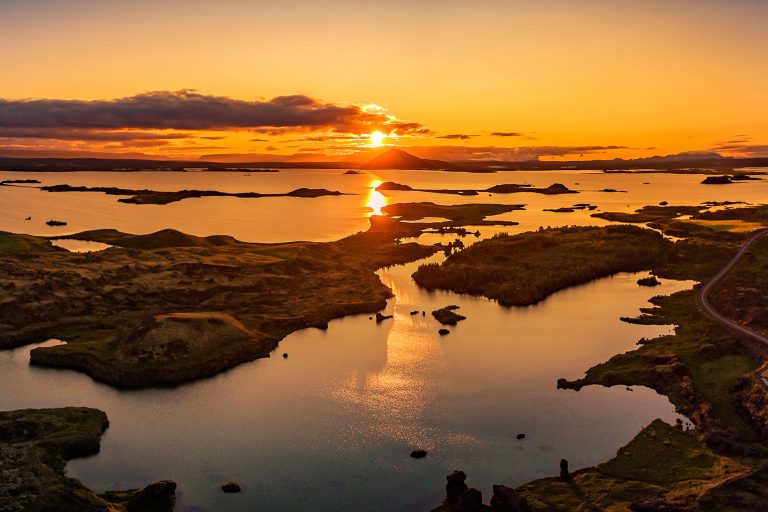
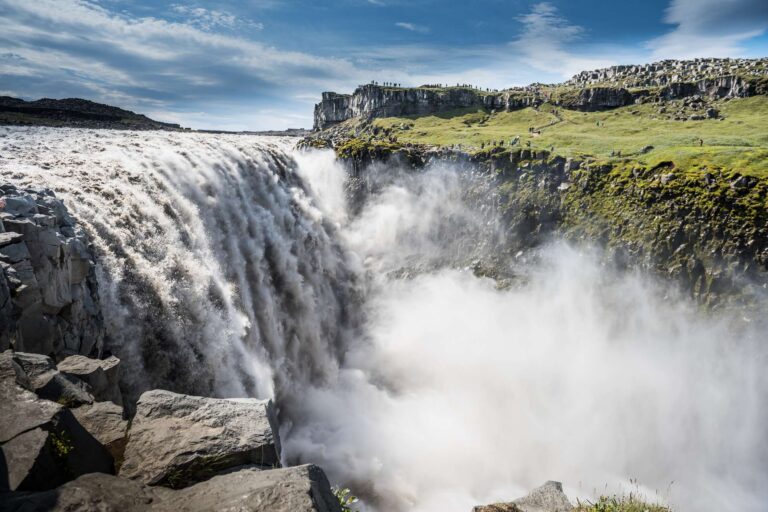

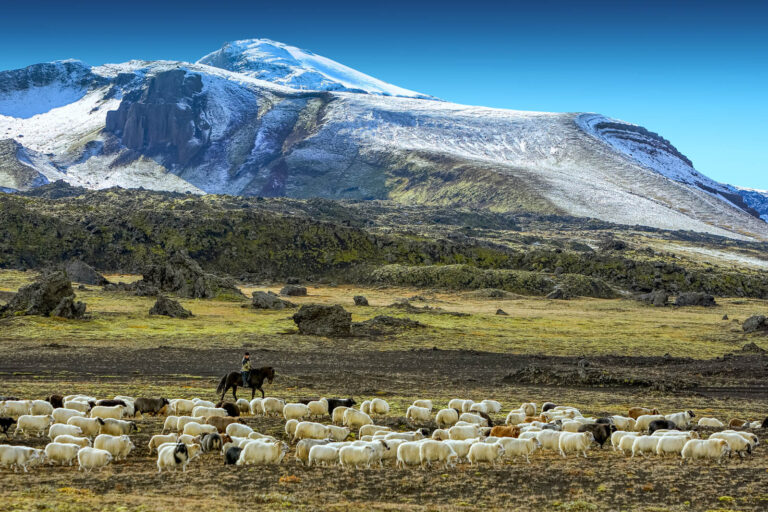
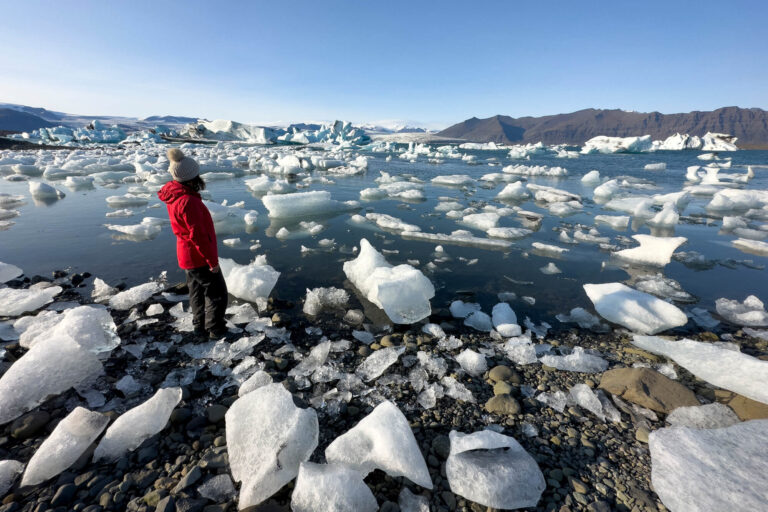



 Instagram
Instagram
 Facebook
Facebook
 YouTube
YouTube